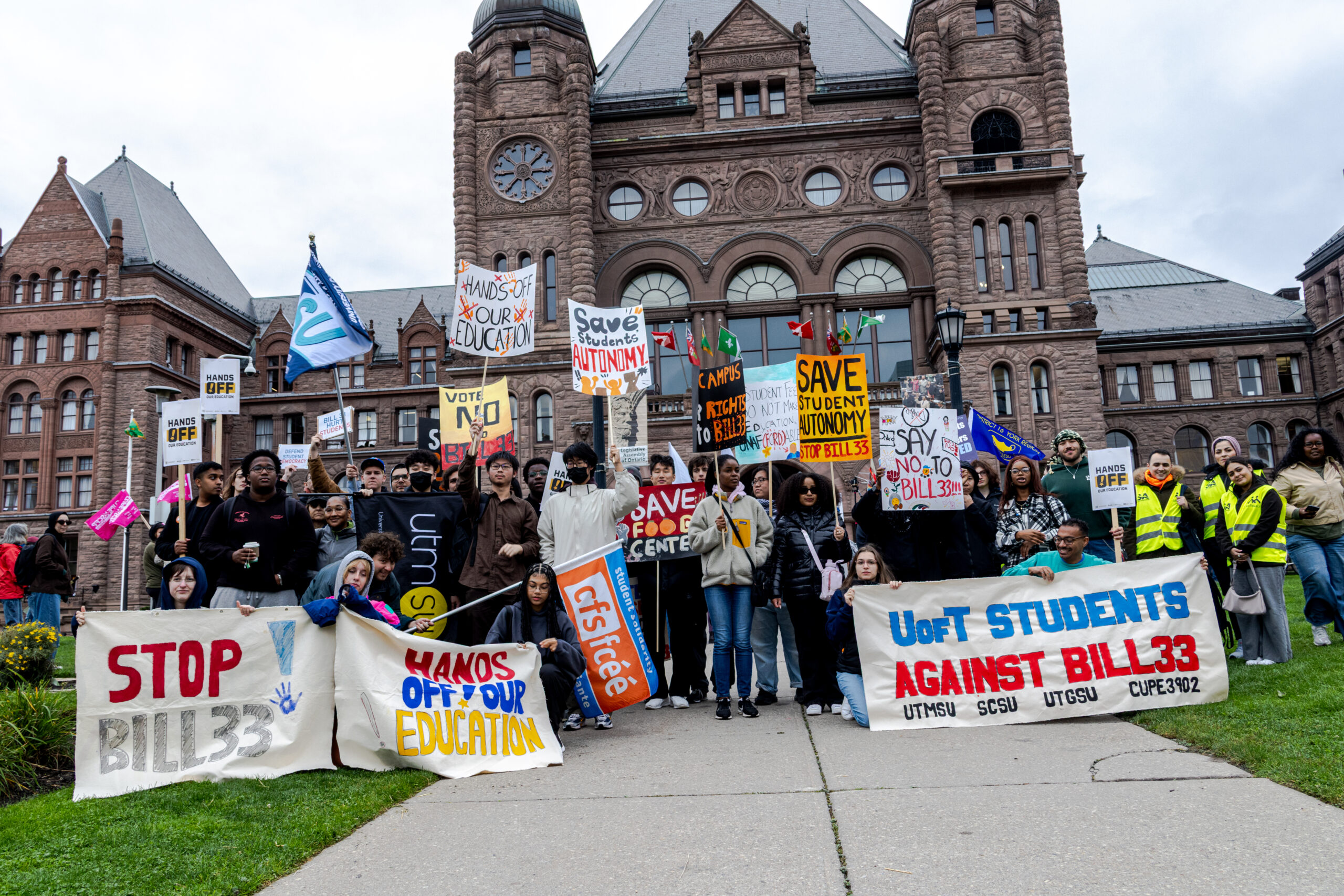Illustration by Katie Doyle
The votes are in. It seems that not much has changed, nor is the course of current Canadian policy expected to shift very much in the future. Despite vocal opposition from all fronts as to why an election was necessary in the first place, Justin Trudeau has successfully maintained leadership with minor changes – one seat gained, a slight decrease in seats for the Conservative party and one or two grabbed for the third and fourth runners-up, Bloc Quebecois and the NDP. However, with 158 seats and shy of the required 170, the Liberals are still running a minority government.
Now that the Liberals are in charge again, it is worth examining how each party fared in this election to determine what role each of them will be playing in decision-making for the next few years, especially with respect to addressing student concerns.
Let’s dissect the results.
How does a minority government differ from a majority government?
There are a total of 338 seats up for grabs in the House of Commons, each representing a riding. A majority government is straightforward enough – if a party wins the majority of seats, i.e. 170 or more ridings, they virtually do not have to worry about opposition when passing any bills or legislation.
Minority governments are trickier. Those with the most seats require support from other parties in order to ensure that their legislation will not be rejected. It is therefore in the party’s best interests to compromise and make concessions in order to put ideas into action, to work together with their opposition to create a mutually beneficial plan.
The past few federal elections have resulted in minority governments. This would indicate that the concerns of Canadian citizens are diverse, and that no one party entirely serves the needs of all people.
What will (another) Liberal minority entail?
Trudeau has pledged to continue their efforts on six issues: pandemic relief, affordable housing, climate change, reconciliation, economy improvement and healthcare. Among the most notable campaign promises for students were aiming for mandatory vaccination, accessible mental health care, making housing more affordable, creating more jobs, cutting pollution levels and addressing water advisories in indigenous communities.
For a more in-depth breakdown on all of these issues, see The Dialog’s comprehensive overview of how students could be affected by each party’s leadership published last week.
Back in June 2021, Trudeau described Parliament as a site of “toxicity” and “obstructionism,” which likely informed his call for the snap election. Falling short of a majority, largely due to criticism over this call, the current government would have Trudeau at the mercy of his antagonists once again.
Part of the Liberals’ push for a majority was intended to make it easier for them to pass legislation relating to COVID-19, such as making vaccines mandatory for travel. Conservative leader Erin O’Toole opposed this mandate and criticized lockdown procedures on grounds of freedom and personal choice. This party leader was also called out for setting emissions targets similar to those implemented by former PM Stephen Harper. However, with the recent increase in cases in Alberta, the environment will likely shift in favor of the Liberal platform on these affairs, especially with NDP leader Jagmeet Singh’s support.
A Conservative minority: What could have been
O’Toole has portrayed himself as progressive, and relatively more sympathetic to Liberal causes than his predecessors, ostensibly as a moderate Tory who supports abortion rights. Trudeau’s attempt to ban conversion therapy for LGBTQ+ folks was stalled and eventually halted by Andrew Scheer’s Conservatives, but current leader O’Toole has voted in favor of the interdiction. Given the approach that O’Toole has taken in constructing election promises, it is possible that we will be seeing a little more cooperation in the House of Commons than has been the case in the past.
While the Conservatives fell short of achieving a minority government, O’Toole won the popular vote just as the party previously did in 2019. Presenting himself as a progressive won him brownie points, but the loss hangs as heavy as it did for his predecessor Andrew Scheer, leaving his leadership in question. Criticisms over his pandemic policies likely stood out as a major deterrent for the party. These factors may provide for a more conciliatory approach from O’Toole.
The auxiliary parties
Both the Bloc Quebecois and NDP saw very little change from the previous Parliament, but each party developed a dedicated following. Bloc’s Blanchet won the popular vote in Quebec over the Liberal party, while NDP’s Singh reached young voters via social media with bold promises of “taxing the rich.” Shared ideals and support for much of Trudeau’s platform will make Singh a key ally for the dominant party in future negotiations.
While the PPC made gains in the popular vote, especially given the rise of anti-vaccine protests, Maxime Bernier still failed to gain a single seat.
The federal election did not seem to accomplish much or shift the balance of power significantly, but the effects of even the smallest changes could be meaningful. The outcome is yet to be seen.


